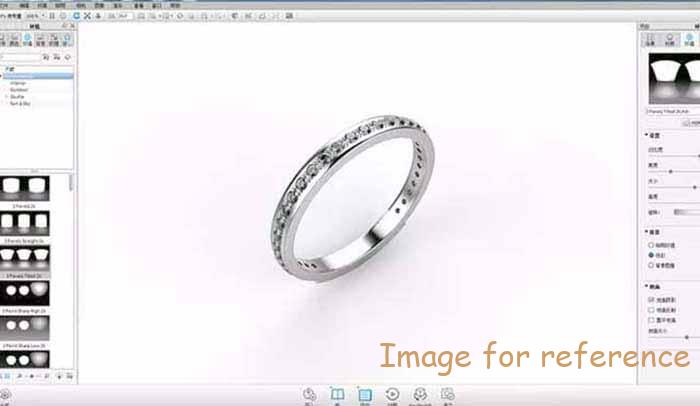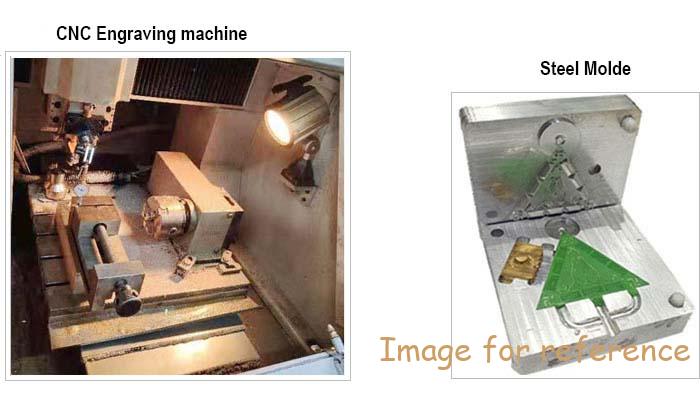拡大検査とは、介在物などの内部特徴を観察することを指します。, 構造, テクスチャ, カラーバンド, 宝石と翡翠の汚れ, オリジナルの結晶面などの外部特徴も, 表面の傷, 骨折, そして開いた裂け目, 虫眼鏡の助けを借りて, 顕微鏡およびその他の機器. 拡大検査は従来の宝石鑑別において重要な方法です. 拡大検査を通じて, インクルージョンなどの重要な情報, 宝石や翡翠の質感や構造を見つけることができます. この情報は宝石の種類を特定するのに役立ちます, 宝石の合成と処理を決定する, 宝石の起源と出所を決定します, 宝石の品質レベルの評価.
石のインクルージョンは宝石学における重要な概念です, 宝石に含まれるインクルージョンも含めて, 色分布特性, 双晶と亀裂, 裂け目と裂け目. 宝石のインクルージョンは、宝石の識別と宝石の起源の基礎を提供するだけではありません, 宝石の美しさも増します. 宝石に天然の結晶インクルージョンが見つかった場合, 宝石が天然であることが判明した. 宝石の中に由来のあるインクルージョンがある場合, 宝石の起源を特定できる. 内部包有物の数を観察することで, 切断, 亀裂の進行度合い, ダイヤモンドやその他の宝石の透明度をグレーディングして評価することができます.
拡大検査によく使われる器具は虫眼鏡と顕微鏡です. 業界の検査官向け, 拡大鏡を上手に使用することが不可欠です. 宝石鑑別で一般的に使用される10倍ルーペは、3つの組み合わせレンズです。, 凸レンズと2つの凹レンズで構成されています. 顕微鏡はさらに高い倍率で拡大できます, 独自の照明システムを使用して、虫眼鏡では観察できない宝石の多くの特徴を観察できます。.
虫眼鏡は、宝石の鑑別においてダイヤモンドやカラー宝石の鑑別に使用されます。, 貴金属の識別は一般に使用されませんが、.
OEM/ODMジュエリーメーカーのデザインカスタム独自のジュエリー
始めましょう : mo@kingjy.com
広州ジンジーカスタム卸売リングネックレスブレスレットイヤリングスターリングシルバーに焦点を当てる 925 ジュエリー,スターリングシルバーゴールドは18Kでメッキされています,14k,24Kイエローゴールド,ホワイトゴールドとローズゴールド。それはカスタムスターリングシルバージュエリーさまざまなデザインをカスタムすることができます,顧客の要件に従ってレーザー彫刻によるロゴブランドまたはその他の言葉.
私たちの毎月の生産能力は順調です 50,000 ピースブレスレットネックレスイヤリングリングジュエリー。スーパーマーケットとのパートナーシップに参加する,ジュエリーチェーンショップ,アウトレットストア,ジュエリー卸売業者,トレーダーとジュエリーブランド会社,専門家はカスタマイズされたジュエリーを作成し、高品質の大量生産を提供します 925 スターリングシルバージュエリーサービス.













